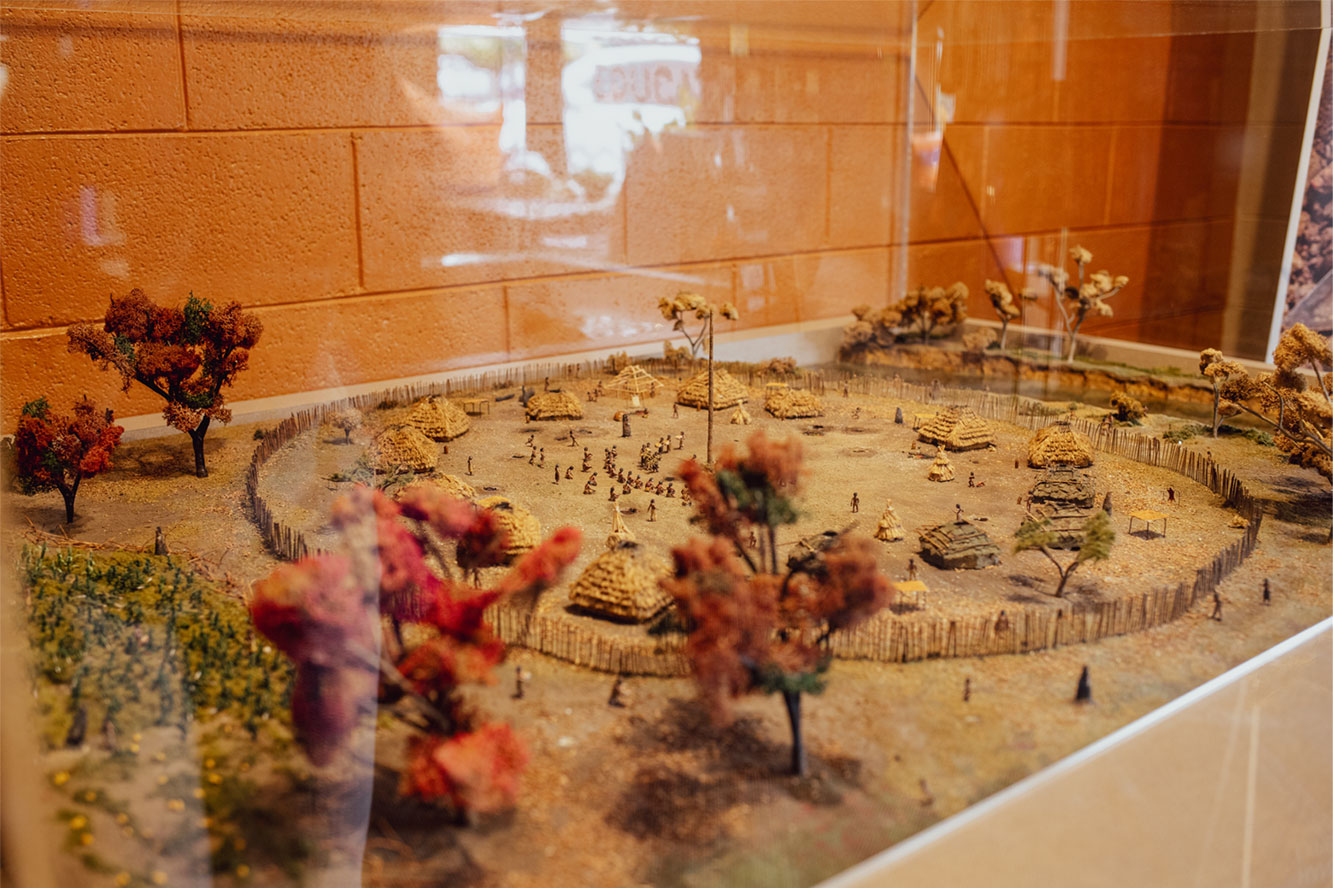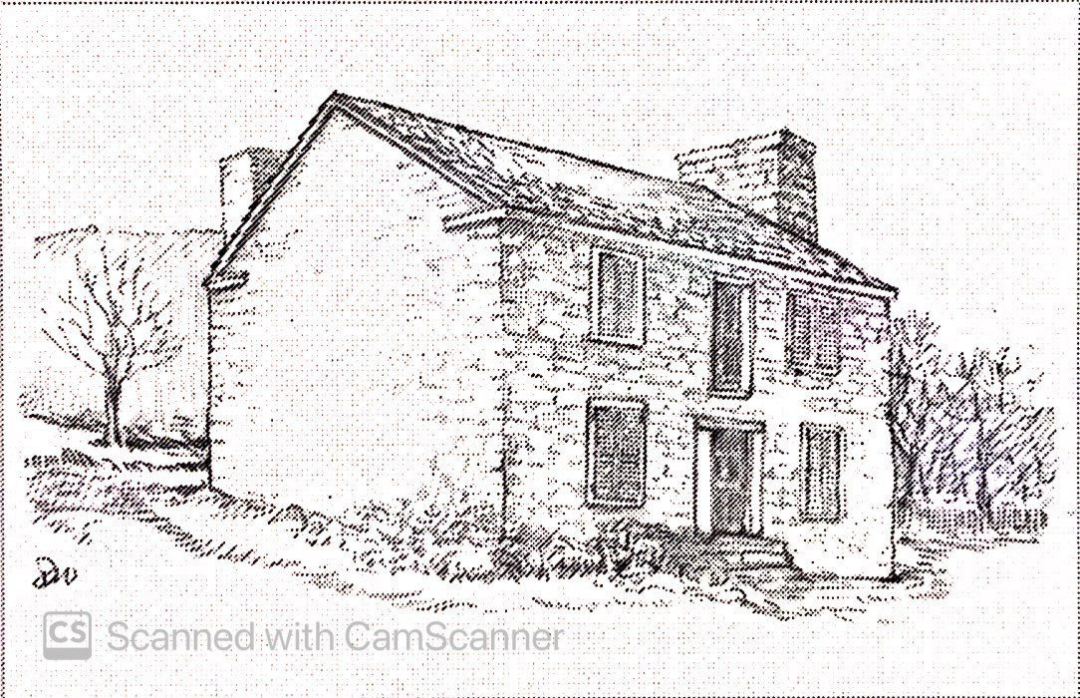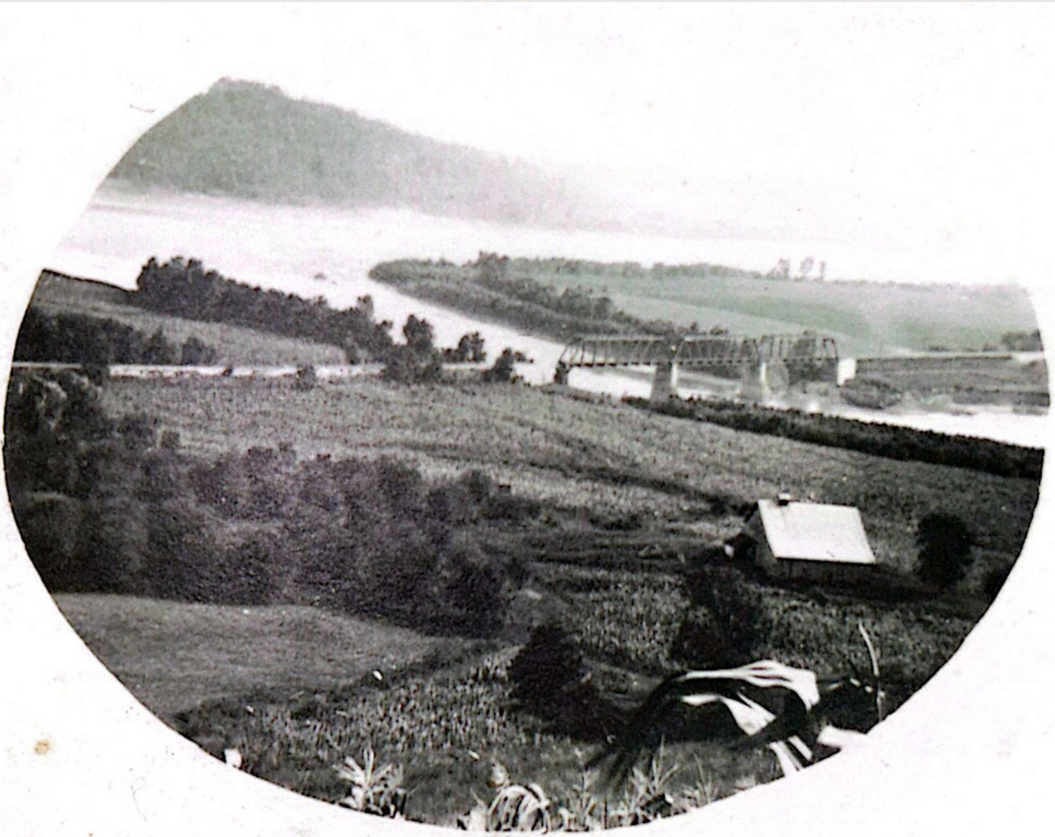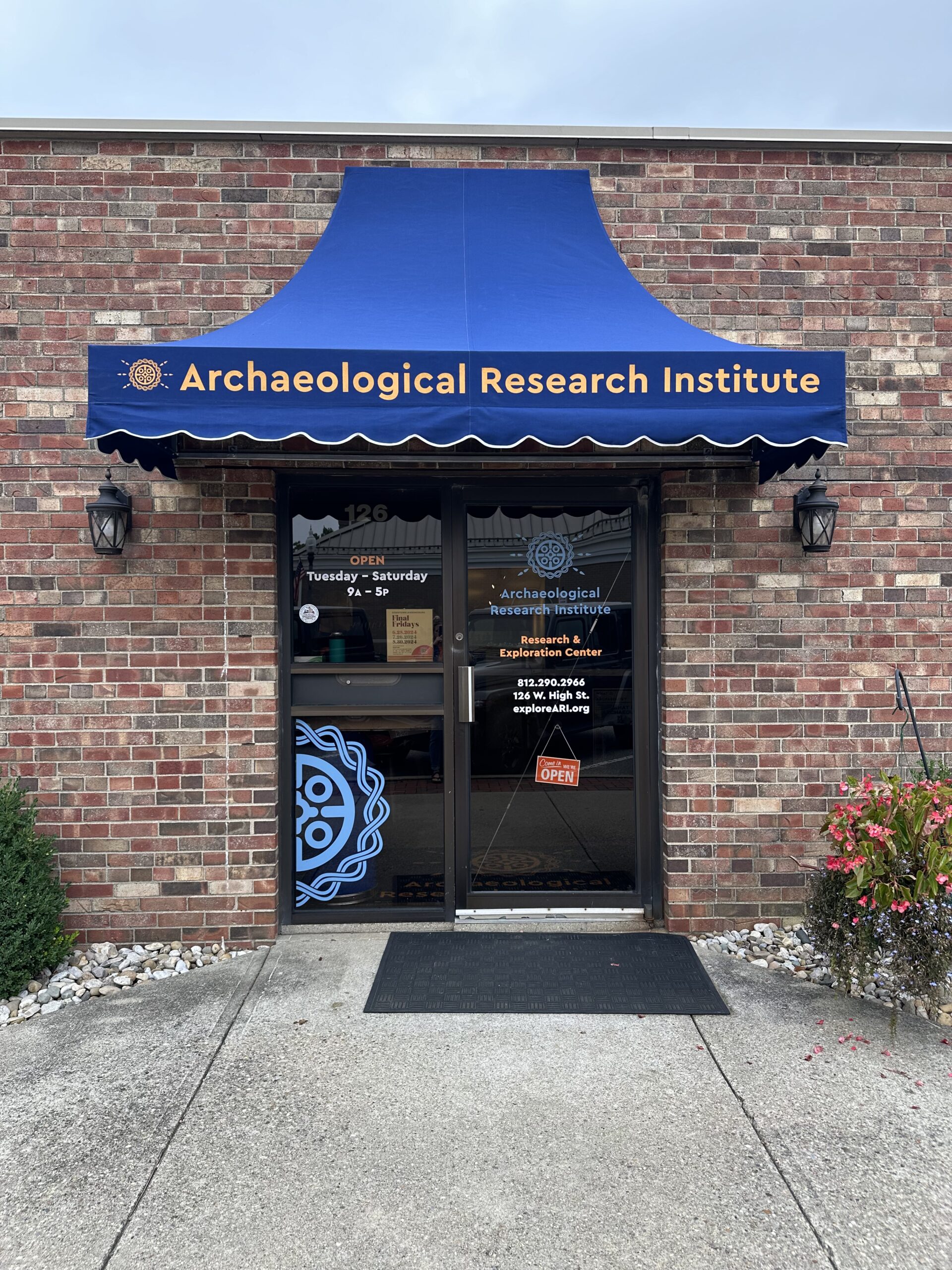Mark your calendars for our 2nd annual Pumpkin Stem event!




ARI's first few years involved excavating the Guard Site, an 800-1000-year-old village. The culture of this time period is referred to as Fort Ancient, and the people were the first maize - or corn - farmers in the Ohio River Valley.
Step back with us in time. You could hear the sounds of neighbors gossiping, children laughing, and the barking of dogs. Behind you is a wooden wall with a backdrop of acres of cornfields. Within this wall, you see dozens of houses arranged in a circle around a wide-open plaza. At the center of the plaza is a 30-foot-tall pole. Hundreds of people called this village home.
1790 Alexander Guard and his wife Mary and their children Timothy, David, Ezra, and Bailey accompanied by John Cleves Symmes from New Jersey and settled in North Bend
1795 Treaty of Greenville establishes western Native American boundary line and opens Indiana Territory
1796 Guard Family moved west of the river to Elizabethtown
Early 1800’s moved to the land that is now the Guard Archaeological Preserve
1800’s A homestead was established at the site. The family farming the property would have plowed up artifacts every year. They probably collected some of the artifacts over time.
1930’s Glenn Black, archaeologist in Indiana, identified the Guard Site through pedestrian survey and community knowledge.
1960s Indiana University excavated at the Guard Site. Records of their excavations have been lost; however, they might have studied the northern area of the site.
1980s Avocational archaeologists conducted the first scientific excavations at Guard. They excavated middens, or garbage pits, near the historic homestead along the road.
2012 Ohio State University began research. Archaeologists investigated houses, structures, and community layout at the Guard Site.
The Archaeological Research Institute was established and began excavations in 2019. Archaeologists are currently studying community layout and areas between structures.
Recieved Non-Profit Status in 2020
Current Research Questions
- Can we find evidence of Rowdy Camp? If not Rowdy Camp what do we find in that area? (Rowdy Camp is a Post Revolutionary War Camp that was brought to our attention by the community. Most of the information about Rowdy Camp has been lost to fire or flood)
- Can we find evidence of a historic boarding house along the Ohio River? (This historic boarding house would have been from around 1850 and would have been accessible to people traveling on the Ohio River)
- What is the distribution of archaeological resources across the field adjacent to Guard? Has agriculture impacted these resources?
126 W High St
Lawrenceburg, IN 47025
(812) 290-2966
info@exploreARI.org
Open Tuesday-Saturday
9am-5pm
Follow Us
University and School Partnerships
Interested in sending your students to our field school? Contact us today to learn about one of our many opportunities for student learning.
